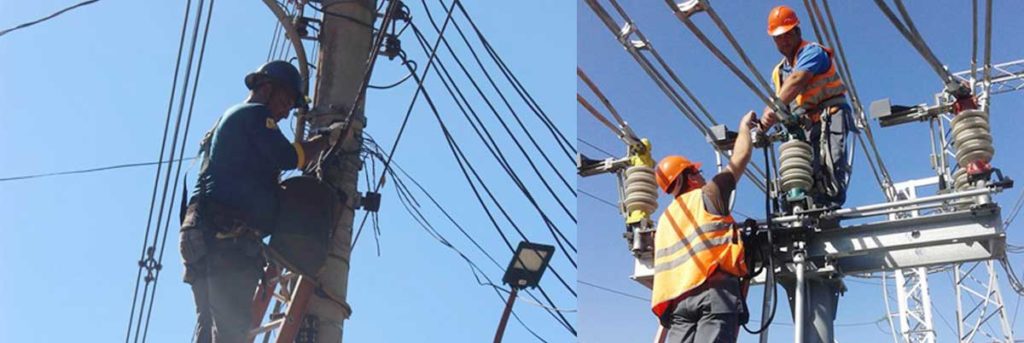
Understanding the causes of cable faults is important to minimize damage to cables and to quickly determine the point of failure.
The causes of cable failures can be broadly categorized as follows:
Cable failures caused by mechanical damage account for a large percentage of cable accidents.
Some mechanical damage is so slight that it does not cause a fault at that time, but the damaged part develops into a fault only after a few months or even a few years.
Mechanical damage to the cable is mainly caused by the following reasons:
1 Damage during installation
In the installation of careless touching the cable, mechanical traction is too large and pull the cable, or cable overbending and damage to the cable.
2 Directly damaged by external forces
In the installation of the cable path or cable near the city construction, so that the cable by direct external damage.
3 The vibration or impact load of traveling vehicles can cause cracking damage to the lead (aluminum) package of underground cables.
4 Damage caused by natural phenomena
For example, the expansion of insulating rubber in the intermediate connector or terminal head cracks the shell or cable sheath.
Due to the natural travel of the cable to make the cable mounted on the pipe mouth or bracket of the outer skin abrasion.
Excessive tension is caused by land subsidence, pulling off the intermediate joints or conductors.
Failure is caused by moisture in the insulation, and the main causes of moisture in the cable are:
1 Water ingress due to unsealed or poorly installed joint box or terminal box structure.
2 Poorly manufactured cables with small holes or cracks in the metal sheath.
3 Perforation of the metal sheath due to puncture or corrosion by foreign objects.
Cable insulation medium internal air gap in the electric field under the action of the generation of free so that the insulation decline.
When the insulation medium ionization, the air gap produces ozone, nitric acid, and other chemical products, corrosion insulation.
Moisture in the insulation produces hydrolysis of insulation fibers, resulting in insulation degradation.
Overheating can also cause insulation aging deterioration.
Cable internal air gap produces electric ionization caused by local overheating so that the insulation carbonization.
Cable overload is a very important factor in cable overheating.
Installed in cable-intensive areas, cable trenches and cable tunnels, and other poorly ventilated cables, cables worn in dry pipes, and cables and heat pipes close to the part of the cable will be overheating to accelerate the damage to the insulation.
As a result of underground acid and alkali corrosion and stray currents, the outer skin of the cable lead package is corroded with pitting, cracking, or perforation, resulting in malfunctions.
Material defects are mainly manifested in three aspects.
One is the problem of cable manufacturing, lead (aluminum) sheath left defects. In the process of wrapping insulation, paper insulation on the wrinkles, cracks, breaks and overlap gaps, and other defects.
Second, the cable accessories manufacturing defects, such as cast iron parts with sand holes, porcelain parts of the mechanical strength is not enough, other parts do not meet the specifications, or assembly not sealed.
Third, poor maintenance and management of insulation materials, result in cable insulation being damp, dirty, and aging.
ZMS Cable has low fault tolerance and a proven fault detection method.